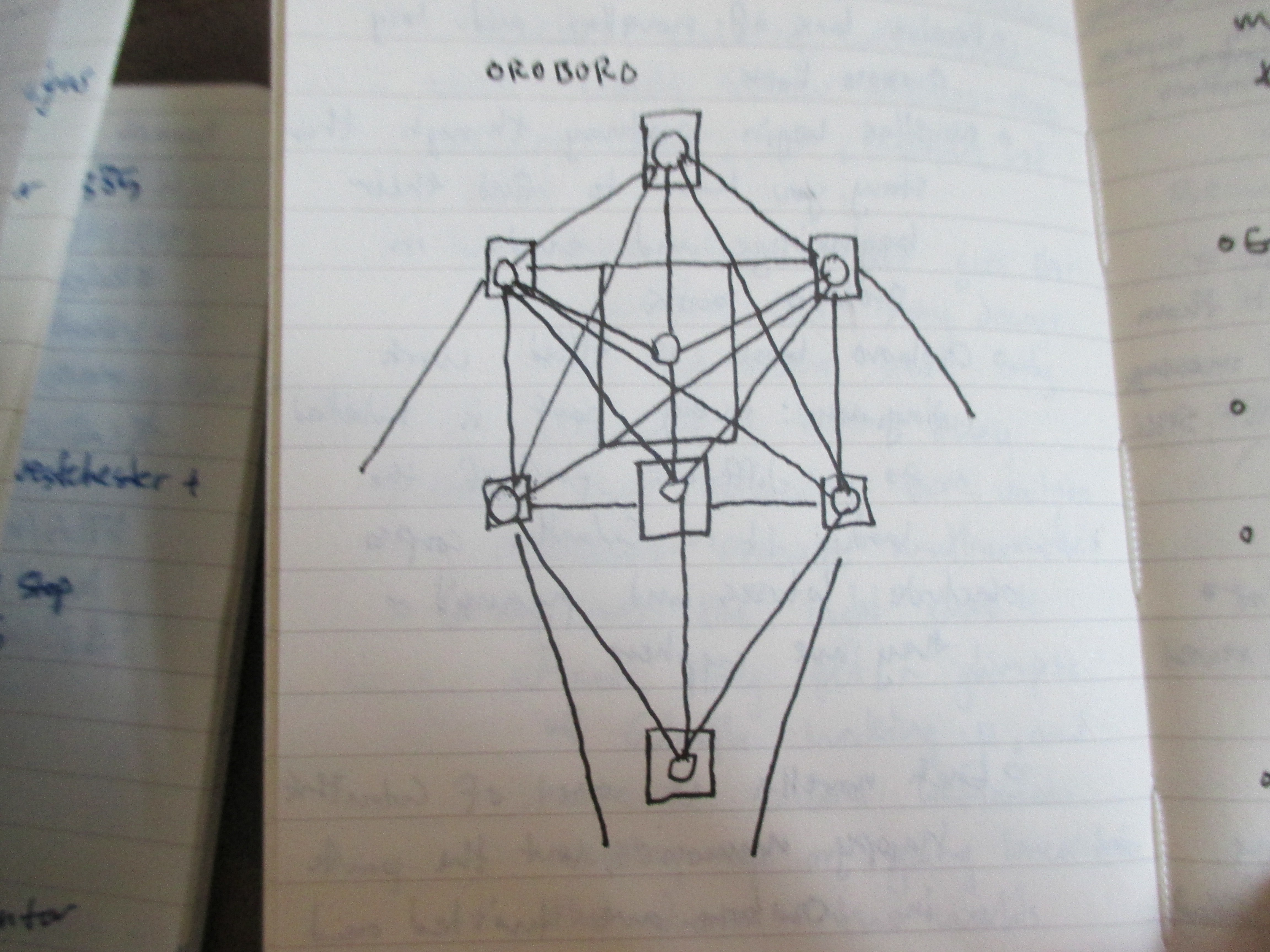Since college, I’ve wanted to write a story using hypertext, partly because of Serial Experiments: Lain. The show weaves together a bunch of different references to conspiracy theories and cyberpunk elements, including references to Xanadu, the life-long work of Ted Nelson. Xanadu was one the first hypertext projects, and was meant to lay the groundwork for “a global community united by perfect information.” There’s a great article in Wired about it, which includes a profile and interview of Nelson. Here’s the clip from Lain:
Fittingly, there’s another fantastic article in Wired about why hypertext fiction is a defunct format. In short, it’s generally considered too difficult to write and too hard to read, all without bringing substantial advantages over traditional, linear fiction. Print versions of hypertext literature, like House of Leaves or Choose Your Own Adventure, are either messes or lacking in depth.
As I’ve said before, any kind of ergodic literature should be intuitive and feature a narrative that matches the format. That’s what I’m shooting for in this new story, which is about time and dopplegangers.
The story has a working title of “Dream-Eater.” It takes place in an underground city that’s divided into two caverns, which have opposite day and night schedules. The story begins with a narcomancer, a dream-mage, waking up and realizing that his sleep schedule has been broken and he’s been sleeping for the past 24 hours. To compound that, he can’t remember what parts of the previous day were real, and which parts were just his dreams. In that 24-hour period, though, someone that looks like him has been carrying on his routine: cleaning clothes, talking to his friends, etc. The story is about him trying to reconstruct what happened before he went to sleep and what his doppleganger did while he was sleeping. It’s also about his slipping grip on reality.
To chart out the flow of the story and divide it into nodes, I started writing notes:


The arrows on the left represent links to other nodes, which in this story lead to memories (which are fragmented and need to be pieced together), dreams, thoughts, or texts, like books or sheet music that don’t need to be included in the main text. The idea is to have the surface level of the story in the main nodes, but the deeper layers that reveal the truth, like thoughts and memories, hidden in a series of lower nodes that branch off the main narrative at strategic points. This way, the mystery isn’t just exploring the world and reality, it’s exploring the inner space of the protagonist.


 pieces of metanarrative, but Johnny Truant’s invasive footnotes, evocative of someone else’s mind invading the story, had no substance to them, nothing that fit together with the dry scholarly passages about the Navidson Record and the drama of the expeditions into the heart of the house. And that’s my main critique of most of the book: these fantastic, inventive typographical tricks didn’t come together as a cohesive whole to evoke the story it was telling. Instead, it ended up as mostly white noise, a bunch of jigsaw pieces glued onto a very compelling nucleus, the house, whose borders and boundaries can’t be contained in space, time, or (potentially) the book itself.
pieces of metanarrative, but Johnny Truant’s invasive footnotes, evocative of someone else’s mind invading the story, had no substance to them, nothing that fit together with the dry scholarly passages about the Navidson Record and the drama of the expeditions into the heart of the house. And that’s my main critique of most of the book: these fantastic, inventive typographical tricks didn’t come together as a cohesive whole to evoke the story it was telling. Instead, it ended up as mostly white noise, a bunch of jigsaw pieces glued onto a very compelling nucleus, the house, whose borders and boundaries can’t be contained in space, time, or (potentially) the book itself. A good counterexample of a piece of experimental literature that did its job well is Trillium, the graphic novel with Jeff Lemire. It takes a lot of skill to make a reader just flip a book upside down, but Trillium gave an amazing narrative reason to do just that: at one point in the book, the narrative splits into two parallel universes, and so the panels are actually running parallel to one another, but flipped so you don’t read both timelines at once. This makes you focus on one at a time while also getting little peripheral glimpses of what’s to come. It’s genius, and it works because it’s coherent, intuitive to navigate, and grounded in the narrative. You know why it’s happening, how to read it, and what it means for the story.
A good counterexample of a piece of experimental literature that did its job well is Trillium, the graphic novel with Jeff Lemire. It takes a lot of skill to make a reader just flip a book upside down, but Trillium gave an amazing narrative reason to do just that: at one point in the book, the narrative splits into two parallel universes, and so the panels are actually running parallel to one another, but flipped so you don’t read both timelines at once. This makes you focus on one at a time while also getting little peripheral glimpses of what’s to come. It’s genius, and it works because it’s coherent, intuitive to navigate, and grounded in the narrative. You know why it’s happening, how to read it, and what it means for the story.